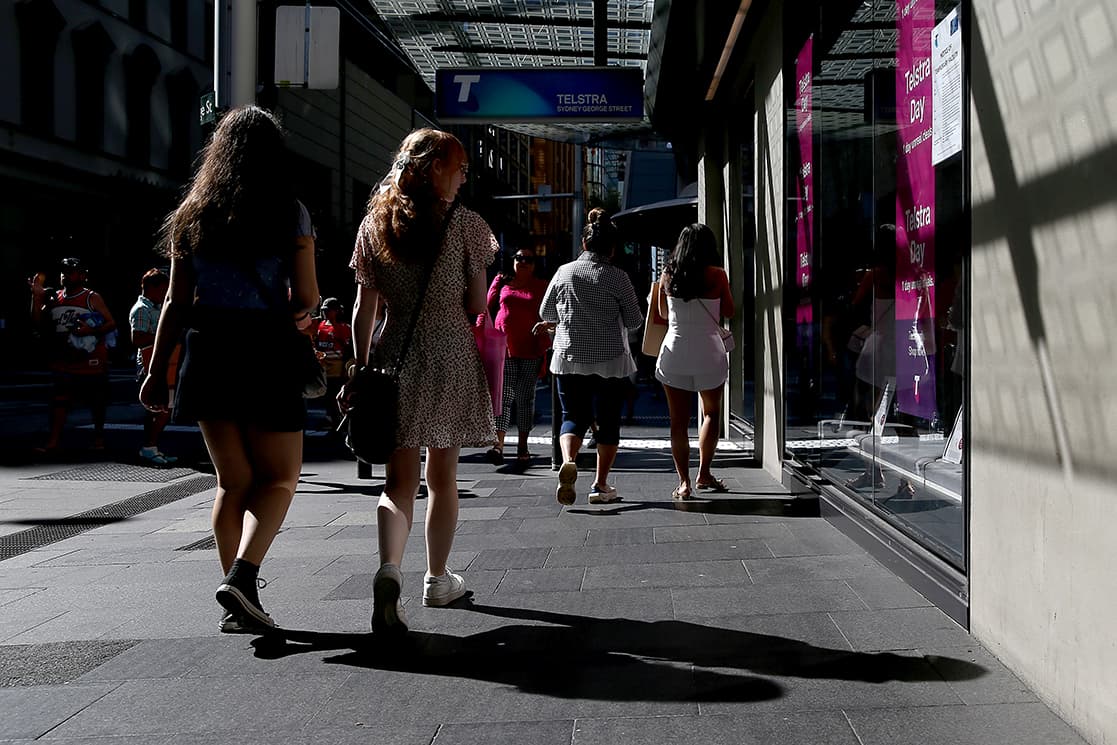
Thu 20 Nov 2025 12.00

Photo: AAP Image/Jane Dempster
Every month, when new labour force figures are released, the same script plays out. Commentators declare the economy “strong,” politicians congratulate themselves, and headlines reassure us that unemployment is low. The pattern repeated just last week, with new jobs figures being touted as strong and better than expected.
But this debate is built on a fiction, and it’s leaving hundreds of thousands of people out of the story.
For people who are actually looking for work, the number that matters is not the unemployment rate. It’s how many jobs they can actually compete for. And that picture is getting worse every year.
This year, Anglicare Australia’s Jobs Availability Snapshot shows that for every entry-level job advertised in Australia, there are 39 people on JobSeeker competing for it. Last year it was 33. The year before that, 26. The pool of people needing these jobs is rising, while the pool of suitable jobs is shrinking.
Of those 39, 25 are people with the kinds of barriers that make other roles impossible — people without qualifications, people with disabilities, older workers who have been pushed out of long careers, young people who’ve never been given a chance.
These are the people the system claims it is helping. They are the people routinely blamed for being out of work. But the truth is that they cannot get jobs that do not exist.
Our national debate pretends as though all jobseekers can simply try harder and land a job. It is an argument that wilfully ignores the reality of a labour market where entry-level jobs have nearly collapsed. These jobs now make up just one in ten job vacancies — down from one in four over the last 20 years. The rungs at the bottom of the ladder have been kicked out, and then we wonder why people can’t climb.
When politicians talk about unemployment as a single number, they erase this reality. They erase the barriers facing older people who take twice as long to find work. They erase the single parents juggling caring responsibilities while being forced onto JobSeeker once their youngest child turns eight. They erase people with disabilities still battling discrimination. They erase people who don’t have qualifications, money for transport, or the luxury of waiting for the “right fit.”
They erase everyone who needs those entry-level jobs that never come.
This debate has consequences — very real, very cruel ones.
It justifies leaving JobSeeker well below the poverty line, even as rents and groceries skyrocket. It allows people to be pushed through pointless activities as if compliance, rather than job scarcity, were the problem. And it props up a for-profit employment services industry that earns billions of dollars while hurting the people it is meant to support.
The current employment services model — Workforce Australia — is built on a fantasy of labour markets that don’t exist. Providers are financially rewarded for churning people through appointments, training courses, and sanctions, rather than connecting them to jobs. Participants are penalised when they don’t meet requirements, even when those requirements are unrelated to job outcomes and impossible to achieve in regions with almost no vacancies.
Instead of investing in genuine help — local training, supported employment, wage subsidies that actually last, or pathways into the care economy — billions are wasted on a punitive system that blames people for not getting jobs that simply do not exist. It is wasteful, incoherent, and deeply unfair.
If we, as a nation, cared about the real causes of unemployment, we would be debating something very different.
We would be asking why Australia has allowed the number of entry-level jobs to collapse.
We would be asking why employers can still discriminate against older workers, single parents, or people with disabilities with almost no consequences.
We would be asking why long-term unemployment is rising even in an allegedly “strong” economy.
And we would certainly be asking why JobSeeker is kept so low that people are skipping meals and losing homes while waiting for opportunities that will never come.
We need a new conversation grounded in reality, not rhetoric. That means acknowledging that is not more sanctions or more hoops to jump through. It means creating real jobs, rebuilding the entry-level labour market, designing support that is voluntary and accountable, and ensuring payments are high enough to live on while people search for work.
Anything less is just shifting blame onto the people who can least afford to carry it — and continuing a national debate that has been wrong for far too long.
Kasy Chambers is the Executive Director of Anglicare Australia, a network of organisations linked to Anglican Church.